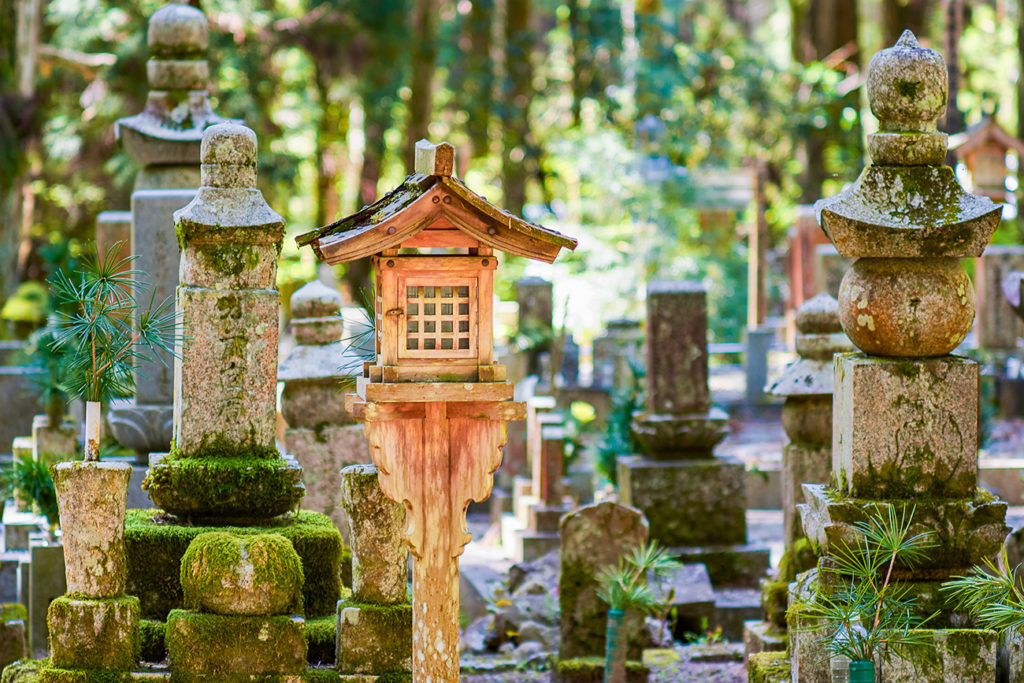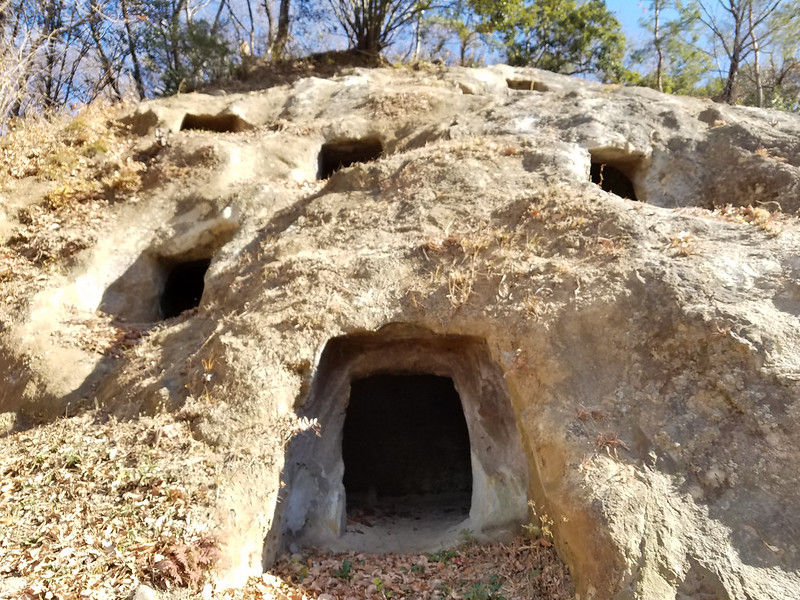
Japan Travelogue Series: Japanese Cemetery
Different cultures all around the world have their own ways in honoring the dead in the manner in which their lives are celebrated as well as in how they are buried. Over the course of Japanese history, many of Japan’s prominent leaders have been buried in tombs. The oldest known burial chamber in the country dates back to 220 and 230 CE found in Sakurai, Nara Prefecture. The Japanese cemetery has evolved over the years based on tradition, religion, and cultural beliefs.
Traditional and religious ties
Shinto is the predominant religion practiced by majority of the population. Numerous temples and shrines in Japan give visitors a glimpse of the unique culture and rich history of Japan and its people. But death is seen as somewhat impure in Shintoism. Because of this thought, most funerals in Japan follow Buddhist rituals as Buddhism is the second most popular religion in the country. It is common in Japan for funerals or sōgi to include a wake, cremation of the remains, a burial in a family grave and a periodic memorial service.
Japanese cemeteries are typically comprised of family graves made up of a stone monument with a place for flowers, incense, and water. The name of the deceased is typically engraved on the sides of the tombstone. Water in a burial site is to keep the dead from getting thirsty. In some cases, sake replaces water if the deceased is fond of it.
Tombstones are traditionally shaped like a pagoda with five stone blocks called Gorin-tō found in older cemeteries. Each block represents the five elements of Buddhism philosophy (earth, water, fire, air and space). Each Sanskrit or Kanji is engraved on the monument blocks. More modern tombstones have columnar shapes.
Popular cemeteries and burial sites
Emperor Sujin was the founder of the Yamato Dynasty in the central part of Kinki region, including present day Nara. His tomb, the Sujin-tenno-ryo Andonyama kofun in Tenri, Nara, is one of Japan’s most visited ancient tombs. The Takamatsuzuka Tomb (高松塚古墳), also known as the “Tall Pine Tree Ancient Burial Mound”, is one of the kofuns (tombs) in Akusa village, also in Nara prefecture. Several other ancient burial mounds exist in and near Asuka Historical National Government Park.
The Yoshimi Hundred Caves found in Yoshimi, Saitama in the northern Kantō region of Japan is a site to behold resembling the ancient underground city in Cappadocia, Turkey. The Yoshimi kofuns are a cluster of graves carved into a sandstone hillside. The site was initially excavated in 1887 by Japan’s first anthropologist and pioneer of Japanese archaeology, Shōgorō Tsuboi.
The story of the 47 Rōnin is a perfect example of honoring the bushidō, the way of the warrior code. All 47 Rōnin are now interred in front of the tomb of their master in the grounds of Sengaku-ji Temple, Tokyo. Sengaku-ji (泉岳寺) is a small temple located in Shinagawa Station. Each year on the 14th of December, a festival is held to honor the 47 Rōnin’s revenge. Thousands of visitors flock to the tiny graveyard to pay tribute to the exemplary faithfulness and courage of the 47 brave souls.
Join Niclas as he visits a Japanese cemetery to pay his respects. See how it’s different from Western cemeteries.


